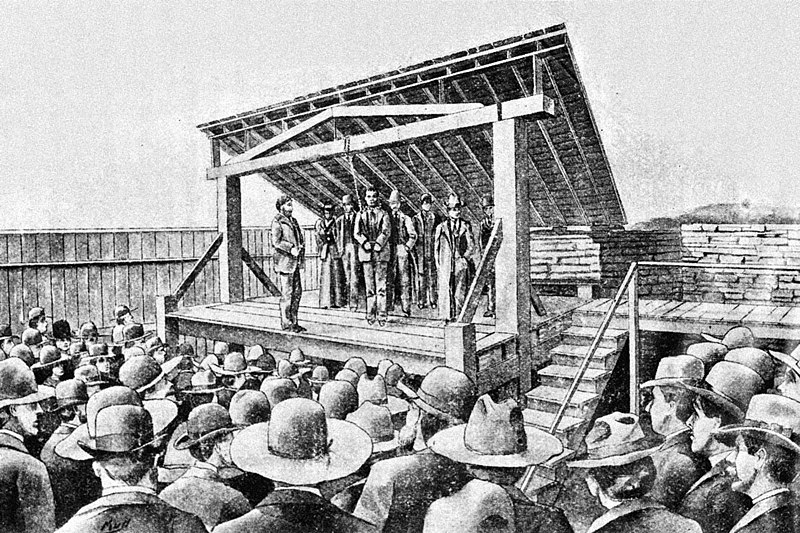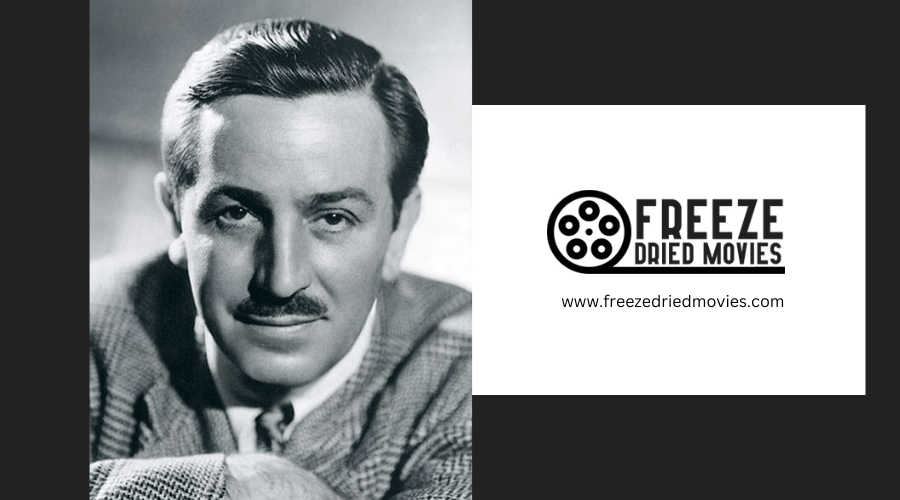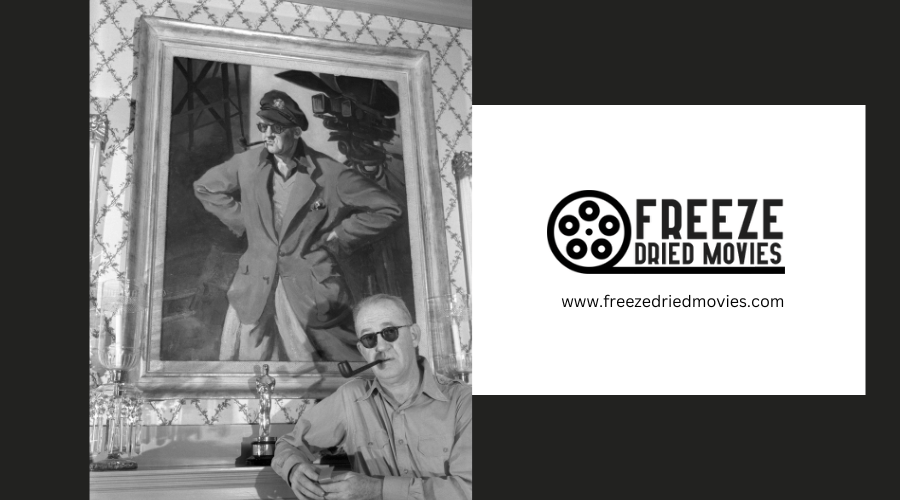How Did Westerns Influence American Cinema in the 1940s?

In the 1940s, Westerns were a dominant force in American cinema, featuring iconic characters such as the Lone Ranger and Hopalong Cassidy. These characters, who championed values like justice and individualism, profoundly influenced American culture and ideals.
The films showcased the expansive American frontier through innovative wide-angle shots and dynamic camera movements, advancing cinematic techniques. Moreover, the themes of freedom, justice, and pioneering spirit prevalent in these films played a significant role in shaping American national identity and cultural values.
Westerns were more than entertainment; they provided a moral framework that deeply resonated with audiences, reflecting and reinforcing societal norms and expectations of the era. Westerns' impact on American cinema and culture during this period was significant and enduring.
Emergence of Iconic Heroes
Westerns from the 1940s often introduced American audiences to iconic heroes such as the Lone Ranger and Hopalong Cassidy. These characters exemplified values like justice and rugged individualism, embodying the moral virtues of the Wild West in American films. Through these movies, audiences weren't merely entertained; they were also instilled with American ideals of courage, honor, and integrity.
These iconic heroes not only shaped perceptions of heroism with their distinctive attire—cowboy hats, boots, and spurs—but also represented a lifestyle of bravery and self-reliance that influenced the American mindset. This influence extended beyond their outfits, embedding itself in the stories that resonated with audiences during the challenging times of post-Depression and wartime America.
Western films provided more than just escapism. They offered a moral framework that helped audiences navigate the complexities of right and wrong in a rapidly changing world. These films were pivotal, influencing the development of film narratives and character archetypes in American cinema that continue to engage and shape cultural values.
Depiction of the American Frontier

Western films of the 1940s often depicted the American frontier as a vast, untamed landscape ripe for adventure and conflict. These films portrayed the wilderness as a dramatic setting where pioneers faced the formidable challenge of establishing new lives amidst harsh conditions. The tension between the emerging civilization and the wild, lawless lands provided a compelling backdrop for storytelling.
Characters in these films ranged from stoic lawmen to ruthless outlaws, embodying the frontier's famed individualism. The narrative often focused on the battle against lawlessness and the pursuit of justice, providing entertainment while reinforcing myths about the American West. These portrayals tended to romanticize the frontier as a place where freedom and determination could overcome obstacles.
These cinematic depictions significantly influenced American culture, shaping perceptions of the frontier by emphasizing themes of individualism and the push toward civilization. These themes resonated with American values and aspirations, making the frontier not merely a historical setting but a reflection of American ideals.
Impact on Cinematographic Techniques
In the 1940s, directors revolutionized Western films by introducing innovative cinematographic techniques that enriched the genre's visual narrative. Filmmakers like John Ford pioneered the use of wide-angle shots to capture expansive landscapes, essential to the Western genre. These shots enhanced both the setting and the emotional depth of the narratives, making viewers feel as though they were part of the vast, untamed frontier.

The adoption of Technicolor technology during this era brought a new vibrancy to the films. Vivid colors in scenes such as sunsets and vast landscapes made the films not only engaging narratives but also visual artworks.
To further heighten the dramatic effect, directors employed meticulous lighting techniques that accentuated key moments and deepened character portrayal. The interplay of shadows and light highlighted the complex emotions and rugged lives of characters such as cowboys and outlaws.
Dynamic camera movements, including tracking shots and sweeping pans, introduced a compelling sense of motion and excitement, immersing viewers more deeply in the cinematic experience. These cinematographic innovations of the 1940s not only transformed storytelling in Western films but also had a lasting impact on filmmaking, influencing a wide range of directors and genres in subsequent decades.
Westerns and National Identity
While the Westerns of the 1940s captivated audiences with their visual innovations, they played a significant role in shaping American national identity through their narratives. These films featured the rugged landscapes of the American West, which represented more than mere settings; they symbolized the national ethos. The films of this era didn't just provide entertainment; they resonated with the sentiments of wartime, reflecting the resilience required during such periods.
The stories commonly celebrated a pioneering spirit, interwoven with themes of freedom and justice, striking a chord with viewers. They contributed to forging a cultural identity that revered the myth of the American frontier—a realm of boundless prospects and clear moral distinctions where good invariably prevailed over evil.
Here's how these elements in Westerns reinforced American national pride and shaped cultural identity:
| Element | Contribution to National Identity |
|---|---|
| American West | Embodied adventure and opportunity. |
| Frontier Myth | Represented progress and the American Dream. |
| Rugged Individualism | Upheld values of freedom and resilience. |
| Moral Clarity | Provided reassurance during conflicts. |
| Iconic Landscapes | Enhanced national pride and nostalgia. |
Through these aspects, Westerns did more than entertain; they served as a medium through which the ideals of the American spirit were vividly depicted, encapsulating what it meant to be American in a dynamic era.
Role of Women in Westerns
In examining the role of women in Westerns, it becomes clear that they often surpassed the typical damsel in distress archetype. Although many 1940s films still portrayed women primarily as objects of rescue or romantic interest, a notable shift was evident. Characters like Calamity Jane in 'The Plainsman' (1936) showcased the emergence of independent women defying traditional gender roles. These characters were proactive, influencing their own fates and impacting the communities they were part of.

Furthermore, women in these films were frequently portrayed as trailblazers of the frontier. They were inspired by historical figures like Martha Jane Cannary Burke and Annie Oakley, who played pivotal roles in the narratives about taming the West. These women were depicted as sharpshooters and saloon owners, roles that diverged from the passive female personas commonly seen in earlier films.
These representations were significant not only for their entertainment value but also for challenging the prevailing gender norms of the era. By presenting women in dynamic roles, Westerns contributed to a larger conversation about women's potential roles both onscreen and in real life, helping to pave the way for future generations to reevaluate their societal roles.
Influence on Film Music
Shifting the focus to another significant aspect, the film music in the 1940s Westerns profoundly influenced the genre's emotional and dramatic landscapes. Iconic scores by composers such as Dimitri Tiomkin and Max Steiner were more than mere background; they were essential in establishing the high-stakes atmosphere and capturing the expansive essence of the West. You've likely experienced the heightened tension in a duel or the surge of a cavalry charge elevated by these grand orchestrations.
These scores not only heightened the action but also established emotional connections with the audience, enhancing engagement with characters portrayed by legends like John Wayne. Each musical note was carefully designed to resonate with viewers, aligning their emotions with the unfolding drama, thus enriching the cinematic experience.
Here's an overview of how these musical elements synergistically enhanced the films:
| Feature | Contribution |
|---|---|
| Sweeping Orchestral Arrangements | Captured the grandeur of the American West |
| Memorable Soundtracks | Boosted storytelling and audience recall |
| Dimitri Tiomkin & Max Steiner | Set musical standards that defined the genre |
| Emotional Connections | Increased viewer investment in the narrative |
| Dramatic Tension | Amplified action scenes and critical moments |
This approach to film music not only set a benchmark within the Western genre but also influenced the broader landscape of American cinema, making the scores as iconic as the films themselves.
Evolution of Moral Themes
Westerns from the 1940s evolved to reflect a more complex view of morality, moving away from the simple good versus evil dichotomy of earlier films. Characters in these movies began to display a mixture of virtues and flaws, representing a more realistic portrayal of human nature. This development in character complexity suggests that moral judgments are often not clear-cut but exist within a spectrum of gray areas.
These films began addressing more intricate moral issues, presenting characters whose motivations extended beyond personal gain or basic revenge. They faced intricate dilemmas without straightforward resolutions, compelling audiences to engage more deeply with questions of morality. This shift not only influenced narrative techniques but also served as a commentary on human ethical complexities.
The 1940s Westerns marked a significant transition in cinematic storytelling, paving the way for future films to delve into psychologically nuanced and morally ambiguous characters. This period in cinema didn't merely entertain but also mirrored and influenced the evolving moral landscape of American society.
Legacy in Modern Cinema
The lasting impact of 1940s Westerns significantly influences how contemporary cinema depicts morally complex characters and antiheroes. Modern films often merge the straightforward moral frameworks characteristic of early American cinema with the nuanced character portrayals typical of these vintage Westerns. This combination results in characters that engage audiences and provoke ethical reflections. The recurrent themes of justice and revenge, crucial to the Western genre, have become fundamental elements across various film genres, showcasing the genre's enduring influence on the narrative structures of modern cinema.
In current films, visual cues like stark landscapes and intense confrontations echo the aesthetic of 1940s Westerns. These elements aren't mere homages but are essential to advancing the narrative, demonstrating how today's filmmakers incorporate and build upon the narrative techniques initiated by these classic Westerns to add depth to their work, making it more relatable to today's viewers.
The continued popularity of narratives centered on frontier justice and heroic outlaws underscores the persistent relevance of the Western genre, reflecting an ongoing fascination with the dichotomy between civilization and untamed nature. These themes not only persist but flourish, affirming the enduring charm and narrative potency of the Western genre in American cinema.
Conclusion
Westerns in the 1940s significantly influenced American cinema, not only by entertaining audiences but also by shaping film narratives and styles. These films introduced enduring heroic archetypes and re-envisioned the American frontier, which impacted cinematography, narrative techniques, and film scoring.
Moreover, they contributed to the construction of a national identity and advanced complex moral themes. Despite their limited portrayal of women, these films initiated a dialogue on gender roles. The legacy of 1940s Westerns continues to resonate in contemporary cinema, influencing both the narratives and the aesthetics of modern films.
Thus, the influence of this era remains pivotal and evident in today's cinematic landscape.



